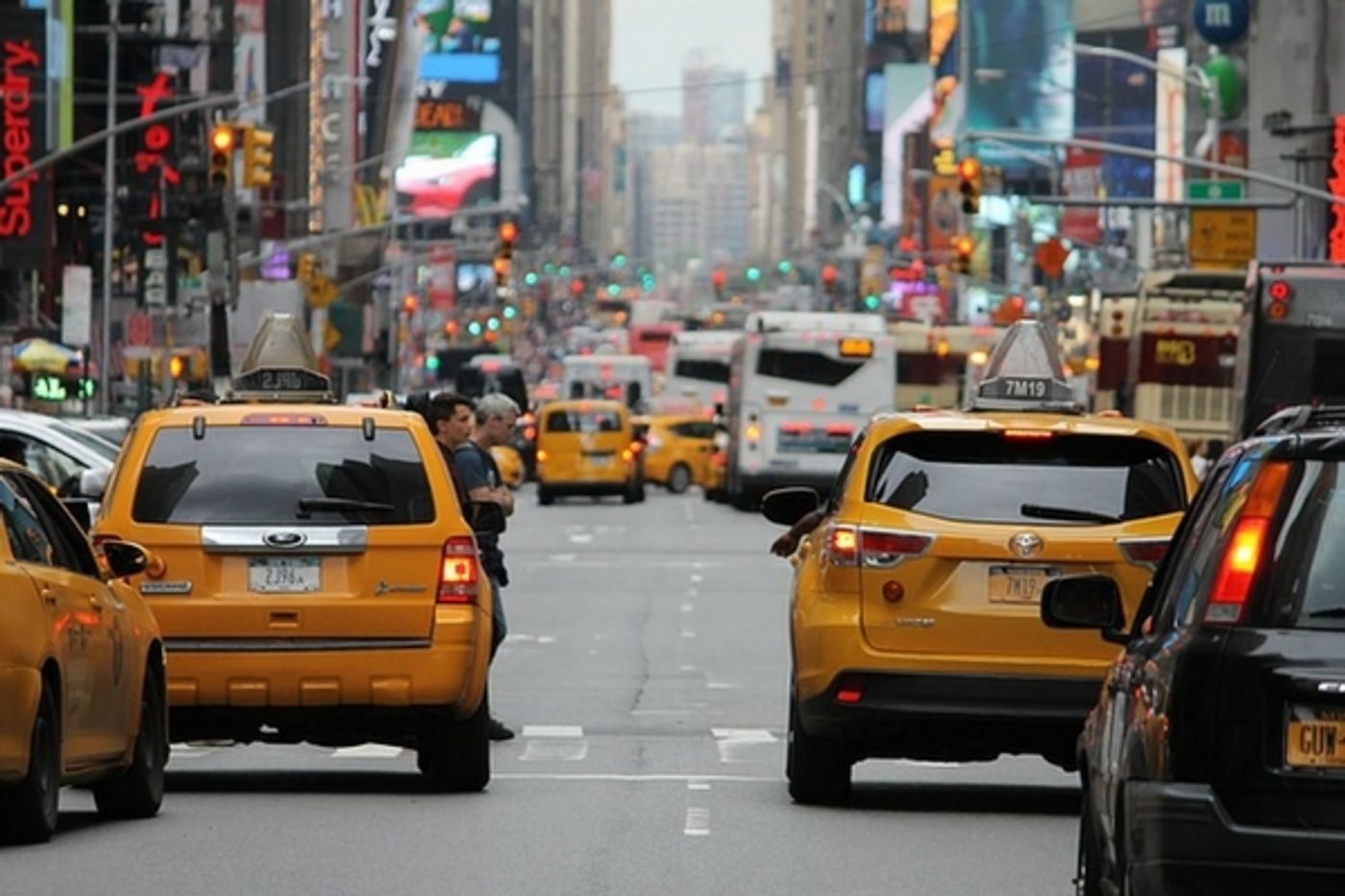Can Busy Roads Impact Dementia Risk?
Dementia is becoming a huge problem globally. Experts estimate that there are now almost 47 million people living with dementia around the world, an increase from 35 million in 2009. Without significant breakthroughs in research the numbers are likely to double every 20 years. The group Alzheimer's Disease International says that 58 percent of all people with dementia reside in developing countries that have less access to quality medical care and research. Many things can cause dementia, but new information about where people live could shed some light on a cause not previously considered…traffic.
A study published recently in the Lancet suggests that dementia is more common in people who live within 50 meters of a major road. The study followed 6.6 million people in Canada and was observational, but the data is being seriously considered in the neuroscience community. There is already research that air pollution and traffic noise can contribute to some forms of neurodegeneration such as reduced white matter and lower cognition, but the study just published was the first to suggest that there could be a link between proximity to major roadways and serious neurological deficits that are seen in some cases of dementia.
The researchers looked at a wide range of adults living in Ontario, Canada. Over 6 million people were followed between 2001 and 2012. All were between the ages of 20 and 85. Using postal codes to determine the distance from their residence to a major road, the team then tracked medical records looking for three specific conditions, dementia, Parkinson’s disease and multiple sclerosis.
The numbers broke down as follows. 95% of study volunteers lived within 1 kilometer of a major road, and about 50% lived within 200 meters of busy highway. Over the study period more than 243,000 people developed dementia, 31,500 developed Parkinson’s and 9,250 developed MS. The study showed no significant association between developing Parkinson’s or MS, but those living near high traffic areas did have a higher risk of developing dementia. Those closest to the busy roads, within 50 meters, had a 7% higher risk of dementia. Those within 50-100 meters had only a 4% higher risk and at distances of 100-200 meters the increased risk was only 2%.
Two specific pollutants were likely a big part of the increase risk, nitrogen dioxide and fine particulate matter, but other factors could be involved as well, including noise and other air pollutants. An important caveat is that that exposure to these pollutants was based on postal codes and proximity to roads. In other words actual exposure could be different for different individuals. Since the study was observational it can’t establish causality, but it did control for factors like education, smoking, BMI and socioeconomic status.
Lead study author Dr. Hong Chen, Public Health Ontario, Canada explained, "Despite the growing impact of these diseases, little is known about their causes and prevention. Our study suggests that busy roads could be a source of environmental stressors that could give rise to the onset of dementia. Increasing population growth and urbanization has placed many people close to heavy traffic, and with widespread exposure to traffic and growing rates of dementia, even a modest effect from near-road exposure could pose a large public health burden. More research to understand this link is needed, particularly into the effects of different aspects of traffic, such as air pollutants and noise." Take a look at the video below, to learn more about this possible risk for dementia.
Sources: Public Health Ontario, LabRoots, CNN, The Lancet









